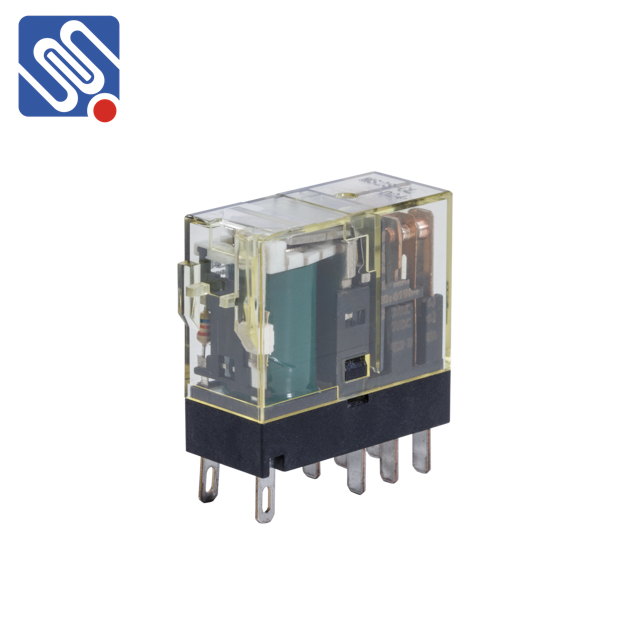Relay type selection is a critical aspect in designing electronic systems, as it plays a vital role in ensuring efficient, reliable, and safe operation of circuits. A relay is an electrically operated switch that allows one circuit to control the operation of another, often with a different voltage or current. Choosing the appropriate type of relay depends on various factors such as the application, voltage and current ratings, switching speed, environmental conditions, and the type of load to be controlled. In this article, we will explore the different types of relays, their applications, and the key factors to consider when selecting a relay for your system.

Types of Relays Electromagnetic Relay (EMR): The electromagnetic relay is one of the most widely used relays. It operates by using an electromagnet to move the relay’s contacts. When current flows through the coil, it generates a magnetic field that attracts or repels the armature, which moves the relay contacts. Electromagnetic relays are typically used in applications that require high current handling capabilities and mechanical switching. Advantages: Reliable, durable, and capable of handling high loads. Applications: Industrial automation, household appliances, automotive circuits, and telecommunication systems.